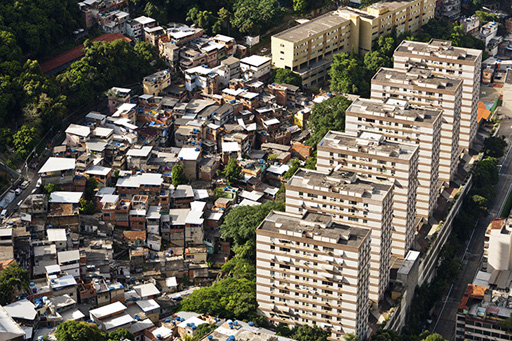3 Poverty
Poverty remains the biggest threat to maternal and infant well-being across low-, middle- and high-income countries alike.
Poverty is most commonly discussed either in terms of ‘absolute poverty’ (such as the widely used ‘one dollar a day’ threshold for survival) or ‘relative poverty’. Absolute poverty is used most commonly with regard to low-income countries. ‘Relative poverty’ compares people on a distribution of resources and defines poverty as falling below the median or average income for their economy (most commonly used when focusing on middle- and high-income countries).
Income equality
The most commonly used measurement of income inequality is the Gini co-efficient. This is an indicator of inequality across the whole of society rather than, say, comparing the richest 10 per cent with the poorest 10 per cent which is another way to look at inequality.
The Gini coefficient represents the extent of income or wealth that must change hands to lead to greater equality. It measures the extent to which income or wealth differs from perfect equality. It takes a value of 0 (perfect equality) to 100 (most extreme inequality).
In the next section, you will find out what we mean by the lottery of birth as we look at being born rich and being born poor, at health and at education, all of which profoundly affect your chances in life.

